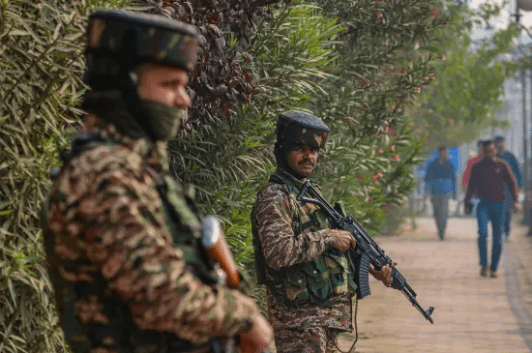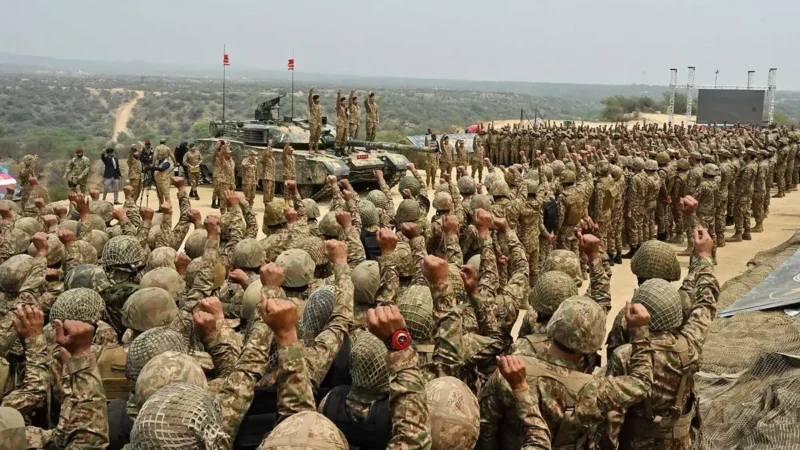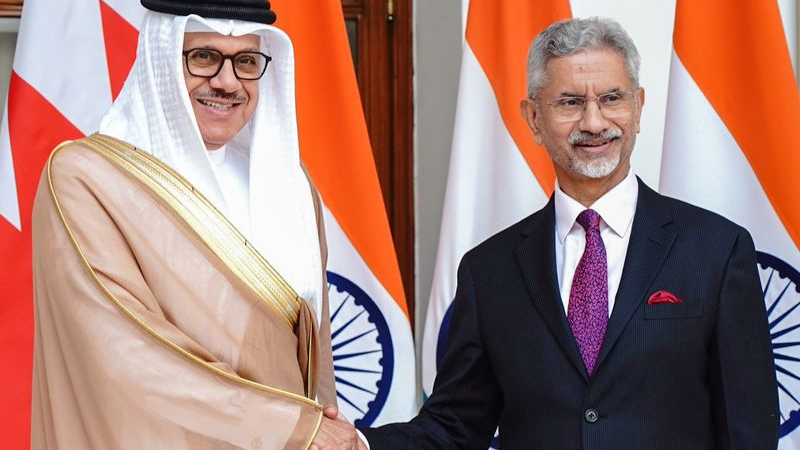Is Indian-Administered Kashmir Seeing a Rise in Militancy?

On Nov. 3, at least 11 shoppers were injured in a grenade attack on a flea market in Srinagar, the summer capital of the Indian union territory of Jammu and Kashmir. One woman later died from her injuries. It was just the latest terrorist incident since a new government took office in mid-October. In Jammu, the predominantly Hindu part of the territory, terrorist attacks have killed at least 44 people this year, including 18 security personnel.
These attacks represent a renewal of extremist violence in disputed Kashmir that has for the most part abated in the last few years—even in the wake of India’s national government revoking the region’s special autonomous status in August 2019. What explains this resurgence?
One argument offered by Indian security officials holds that the powerful Pakistani security establishment, which has never reconciled itself to Indian rule in any part of Kashmir, has ramped up its support for terrorist actions. Islamabad may seek to convey a message that it can undermine newly elected Jammu and Kashmir Chief Minister Omar Abdullah. He is the vice president of the regional National Conference, the party with the longest lineage in Kashmir, and the scion of a noted Kashmiri political family.
Pakistan—and particularly its security apparatus, which has long controlled policies on the Kashmir question—has been smarting since Indian Prime Minister Narendra Modi and the Bharatiya Janata Party (BJP) revoked Article 370. Removing the region’s special autonomous status made good on a long-standing electoral promise and turned Jammu and Kashmir into a union territory, bringing it mostly under the control of the national government.
The BJP hoped that this would not only undermine Pakistan’s claim to Kashmir but also end simmering secessionist sentiment in the region as citizens reconciled themselves to the new status quo. Pakistan vigorously protested the 2019 decision, including at the United Nations, to little avail. Five years later, with an elected government now in place in Jammu and Kashmir, Islamabad’s security establishment may have decided that now was the moment to sow discord in the region once again.
However, some analysts attribute the resurgence of terrorist violence in Kashmir to a different source, arguing that the recent uptick may be locally organized rather than inspired and abetted by foreign forces. In this view, policies in the territory after the revocation of Article 370 contributed to popular discontent and spawned indigenous militancy; the quashing of dissent has fueled resentment against the high-handed tactics of the Indian state.
A third explanation attributes the recent spike in terrorist violence to Indian troop redeployments. The Modi government has moved a substantial number of soldiers from the Kashmir Valley—the principal locus of terrorist activity in the region—to the Himalayan front, where India has been engaged in a standoff with China on the countries’ disputed border since a deadly clash in 2020. The specific number of troops who have been moved remains classified.
Of course, all three of these factors could be at play in Indian-administered Kashmir. Pakistan’s security and intelligence services may have returned to their support for terrorism in the region as a new state-level government was about to assume office. The inability of this government, which has not been granted police powers, to contain an upsurge in terrorist activity could hobble its ability to rule effectively. This could lead to a loss of popular support and contribute to political disenchantment and alienation.
Simultaneously, that the administration in Kashmir prior to this year’s election added to the frustrations of Kashmiris, especially in the Kashmir Valley, cannot be dismissed. Despite the Modi government’s trumpeting promises of economic development in the region, little of it has taken place. (Furthermore, a rise in terrorist attacks will certainly challenge this narrative.) Among other matters, unemployment remains high, contributing to Kashmiri youth discontent.
The unhappiness of Kashmir Valley residents was palpable in the aftermath of the abrogation of Article 370. An Indian Supreme Court judgment last December to uphold the 2019 decision did little to assuage Kashmiri Muslims and heightened fears about an erosion of their rights. In August, reputed analyst Radha Kumar told the Diplomat that a sense of “alienation” from the Indian state had deepened in the region since 2019. For the most part, this year’s election at least gave Kashmiris an outlet to express their political sentiments; they now have high expectations of their new government.
Asserting an unequivocal causal link between the disenchantment of Muslim Kashmiris and the return of terrorist activity to the region may be difficult. However, this sense of hopelessness among a significant segment of Kashmir’s population may have contributed to the return of extremist violence.






